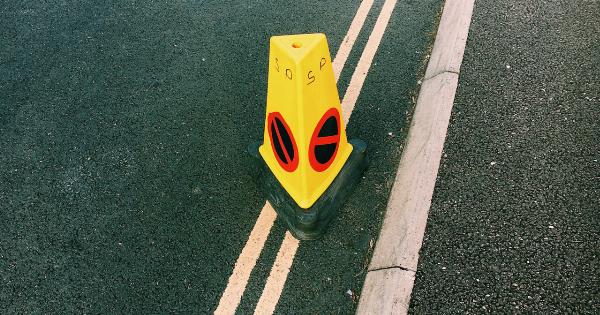It’s not uncommon to experience sore muscles after engaging in strenuous physical activity or starting a new exercise routine.
While muscle soreness can be uncomfortable and sometimes painful, there are various strategies and techniques that can help alleviate the discomfort and speed up the recovery process. In this ultimate guide, we will explore the best practices and effective methods to recover from sore muscles.
1. Rest and Recovery
One of the most important steps in recovering from sore muscles is to allow yourself ample time for rest and recovery. The body needs time to repair and rebuild muscle tissues that have been strained or damaged.
Ensure that you schedule adequate rest days between intense workouts to prevent further damage and promote healing.
2. Gentle Stretching and Warm-up Exercises
Engaging in gentle stretching and warm-up exercises before and after workouts can help reduce muscle soreness. Stretching helps improve blood circulation, which aids in delivering essential nutrients to the muscles and eliminating waste products.
Incorporate dynamic stretching and light exercises such as jogging or cycling into your routine to warm up your muscles and prepare them for physical activity.
3. Hydration
Staying properly hydrated is crucial for overall muscle health and recovery. Dehydration can worsen muscle soreness and prolong the recovery process. Make sure to drink enough water throughout the day, especially before, during, and after exercise.
Electrolyte-rich beverages can also be beneficial, especially during intense workouts.
4. Get Enough Sleep
Sleep is vital for muscle recovery and growth. It’s during deep sleep that the body repairs and rebuilds damaged muscle fibers. Ensure you get an adequate amount of quality sleep to optimize your body’s recovery process.
Aim for seven to nine hours of uninterrupted sleep each night.
5. Apply Ice or Heat
Applying ice or heat to sore muscles can help alleviate pain and reduce inflammation. Ice packs or cold compresses can be applied to the affected area for about 15 minutes every few hours during the first 48 hours after exercise.
After 48 hours, heat packs or warm baths can help relax the muscles and improve blood flow, promoting faster recovery.
6. Massage Therapy
Massage therapy has been shown to be an effective method for relieving muscle soreness and enhancing recovery. Massaging the affected muscles can help increase blood flow, reduce inflammation, and break down adhesions in the muscle tissues.
Consider scheduling regular massages or using self-massage techniques such as foam rolling to accelerate your recovery.
7. Epsom Salt Baths
Epsom salt baths are known for their muscle-soothing properties. The magnesium sulfate in Epsom salt can penetrate the skin and help relax sore muscles. Fill a bathtub with warm water and add a cup or two of Epsom salt.
Soak in the bath for 15-20 minutes to experience the soothing effects and aid muscle recovery.
8. Take Anti-Inflammatory Supplements
Certain supplements, such as omega-3 fatty acids and turmeric, have natural anti-inflammatory properties that can help reduce muscle soreness.
Consult with a healthcare professional before starting any new supplements to ensure they are safe and appropriate for your individual needs.
9. Gradually Increase Intensity
If you’re experiencing frequent muscle soreness, it may be a sign that you’re pushing yourself too hard or progressing too quickly.
Gradually increase the intensity and duration of your workouts to allow your muscles to adapt and strengthen over time. This approach can help prevent excessive soreness and reduce the risk of injury.
10. Stay Active
While rest is essential, it’s also important to stay active during the recovery process. Engage in low-impact activities such as walking, swimming, or cycling to promote blood flow, flexibility, and overall muscle health.
Avoid complete inactivity, as this can lead to muscle stiffness and prolonged recovery.






























